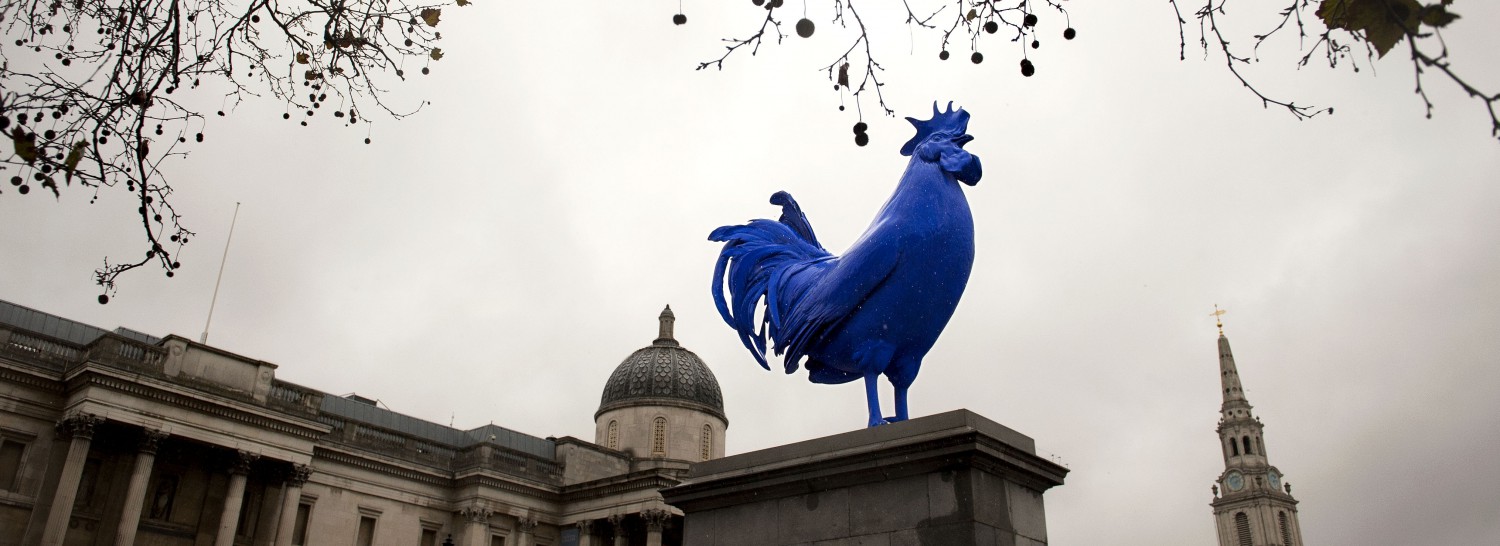“What is Abstraction in Photography”
22 March 2017; 1600-18:00
Senate House – Room 103
Abstract:
On the default view, photography is at bottom an automatic process centred on a mechanical recording apparatus, producing images that are causally and counterfactually dependent on their sources. Given this view, abstraction is sometimes thought to present a particular challenge for photography: how could images that are, by definition, causally and counterfactually dependent on real objects be abstract?
I take issue with the perceived difficulty of abstraction for photography on two fronts: 1) by disambiguating the idea of “abstraction” as applied to photography, and 2) by bringing together resources for a better conception of photography.
The paper proceeds in three steps by asking three questions:
1. What is abstraction?
2. What is photography?
3. What is abstraction in photography?
Under the first, I consider the views of Clement Greenberg, Richard Wollheim and Michael Newall to outline a theory of pictorial abstraction. Under the second I contrast two conceptions of photography, the “orthodox” view for which abstraction in photography is a problem, and a revisionist conception for which it is not. Under the third, I suggest a provisional typology of various kinds of abstraction (and non-abstraction) in photography (“proto-“, “faux-“, “weak-” and “strong-“abstraction) that are often run together. I give examples of each, and close by considering various problematic cases for the typology. The talk makes extensive use of examples throughout.
